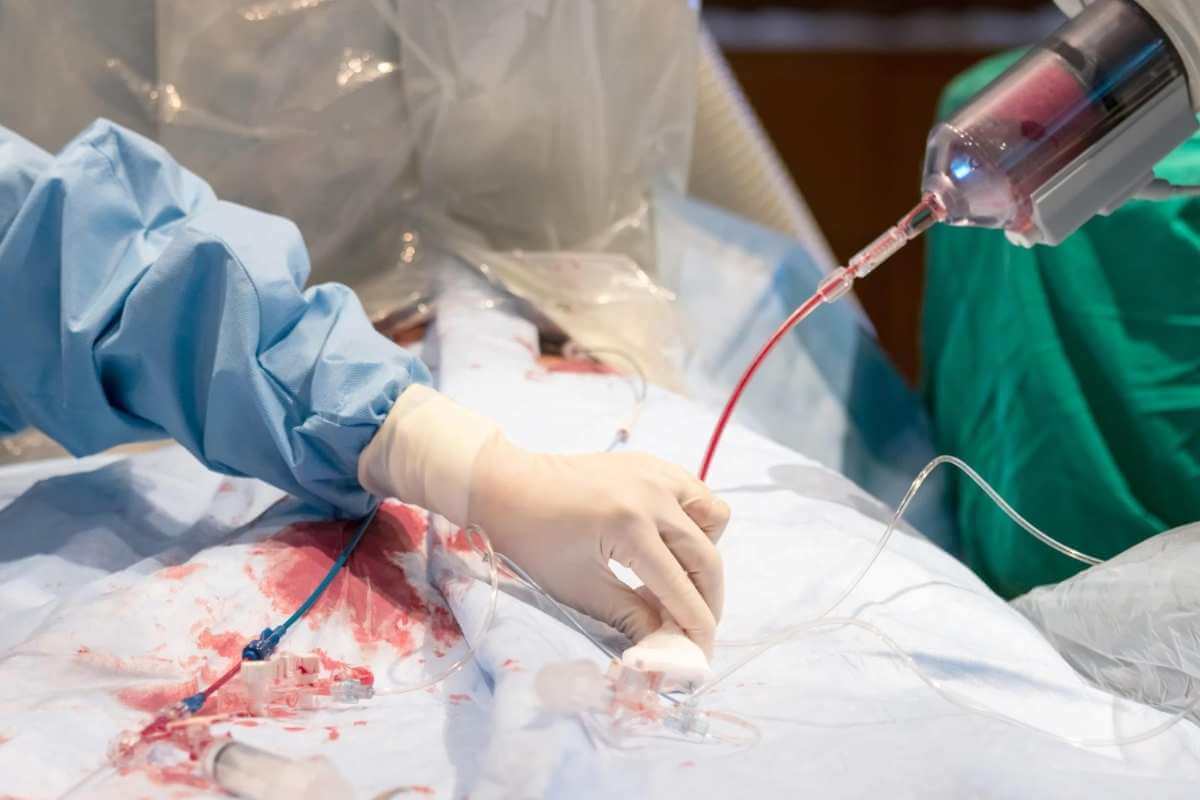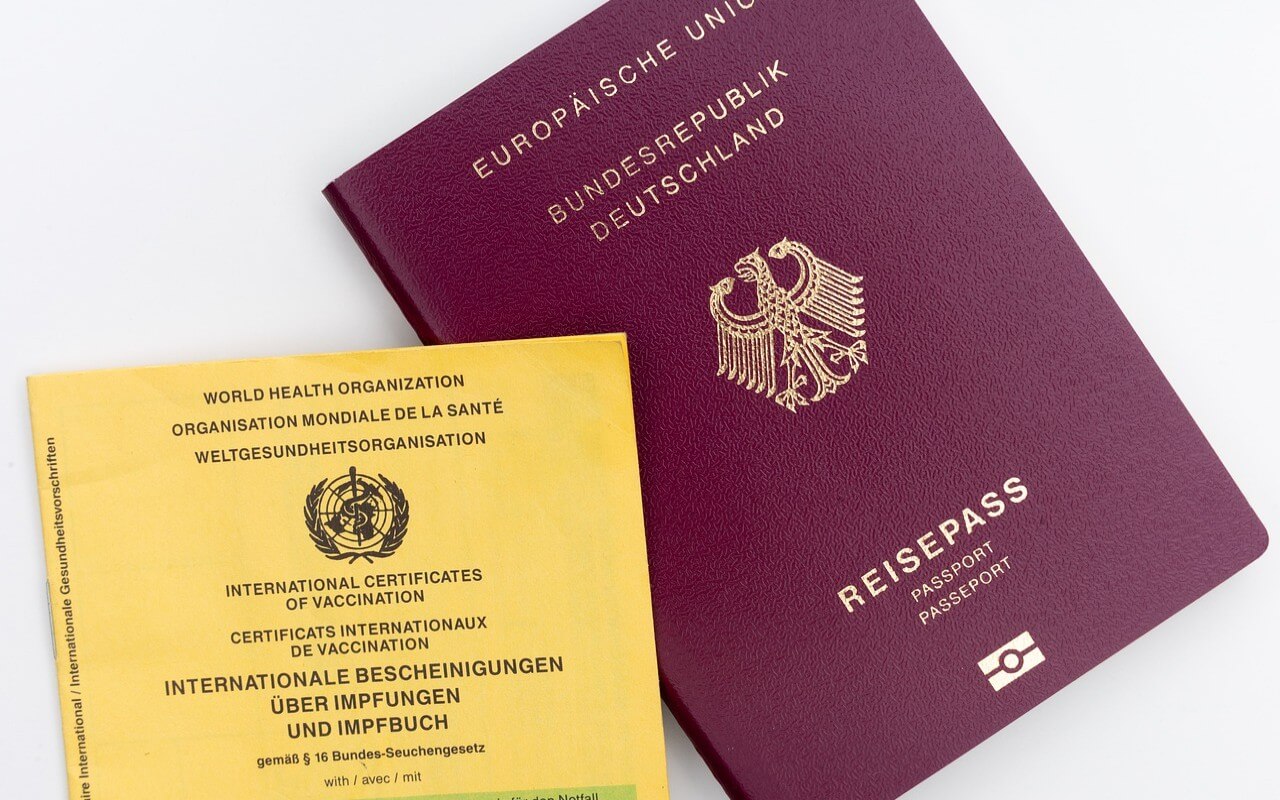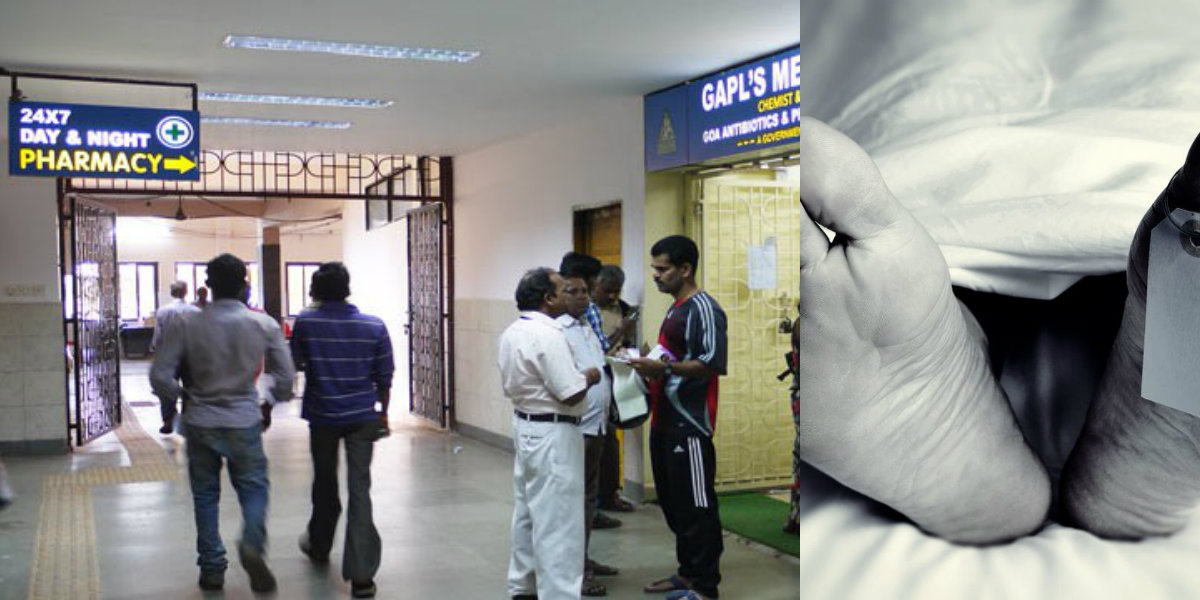Modaks, Neureos, Tikka Sev, Chiwda, Laddoos, Puran Poli – Ganesh Chaturthi is here! Do we need any other reason to gorge on the delicacies prepared to celebrate the Lord of wisdom and understanding? Ironic, isn’t it? Lord Ganesh equals intelligence, while we humans so unintelligently stuff our faces with food and drink only to later complain of heartburn and severe indigestion! While we have now gained an insight into the reasons for GERD (Gastroesophageal Reflux Disease), let’s go on to learning about how to keep the problem at bay.
A Food Diary
An accurate diagnosis is the first step towards dealing with GERD – visit your physician to confirm that the ‘burning chest’ sensation you feel is indeed GERD. Also, remember that chronic reflux will not get better on its own. Over-the-counter remedies may provide short-term symptom relief but can mask an underlying disease if used long-term. Also, the dosage strength of medications may progressively increase as your body becomes tolerant of habitual self-medication. Conversely, continuous self-medication may worsen GI disturbances to a point of no return. Hence, seek professional help when you experience prolonged acidity and heartburn. Treatment for GERD may include medications advised by your doctor along with a certain diet and lifestyle changes. A combination of approaches, and some trial and error, may be necessary.
Diet and lifestyle changes often begin with what to avoid. These include foods and behavior that can trigger or worsen symptoms. An Elimination Diet will help get you started on your way to recovery from GERD. This entails staying off foods that you feel precipitate reflux, for a period of 15 days, and then gradually introducing them into your diet in measured quantities and carefully watching for symptoms of GI distress. This will provide you an idea of 2 things:
- Whether a particular food is indeed the cause of heartburn; do remember that a food that causes distress in one individual may not necessarily be the reason for GERD in another. We are each wired differently, and hence our reactions to food may also not be the same.
- The quantity of the offending food that your digestive system can tolerate without ‘acting up’. Sometimes, 100 g of food may be well-tolerated by your GI Tract while a portion size of 150 g can bring on a severe GERD attack.
Maintaining a Food Diary while you are on an Elimination Diet can help work wonders in quickly deciphering “No-No Foods”. A Food Diary will also give you a clearer picture of the food combinations that can sometimes be the cause of GERD; for example, consuming toast with cheese for breakfast does not trigger any unusual GI activity while eating a cube of cheese by itself for breakfast can make you feel terrible soon after. A Food Diary may also help pinpoint whether the timing of a meal is the cause of GERD. Bear in mind that when you eat may be just as important as what you eat. For example, a particular food that causes reflux when eaten a few hours before bedtime may be harmless when consumed earlier in the day.
Examples of foods that you may need to reduce or steer clear of in your diet include:
- Caffeine-containing foods and beverages – coffee, tea, energy drinks, bakery items with a hint of chocolate
- Chocolate – in all its forms (dark, milk, white)
- Citrus fruits
- Tomatoes and Tomato Products – ketchup, sauces, pastes
- Onions and Garlic – lookout for whether only the raw form causes heartburn or if cooking too brings on a similar reaction
- Carminatives – mint and other flatulence-relieving herbal remedies such as cumin or coriander water
- Foods cooked with large amounts of fat
- Fried a high-fat savory products – patties, samosas, batata Wadas, Farsan
- Spicy Foods
- Carbonated beverages
- Alcohol
Choose one food at a time for experimentation so that you are absolutely certain about how to manage the intake/quantity of that particular food. Next week we will look at other dietary ways of dealing with GERD. Until then – remember that every time you eat is an opportunity to nourish your body!






























